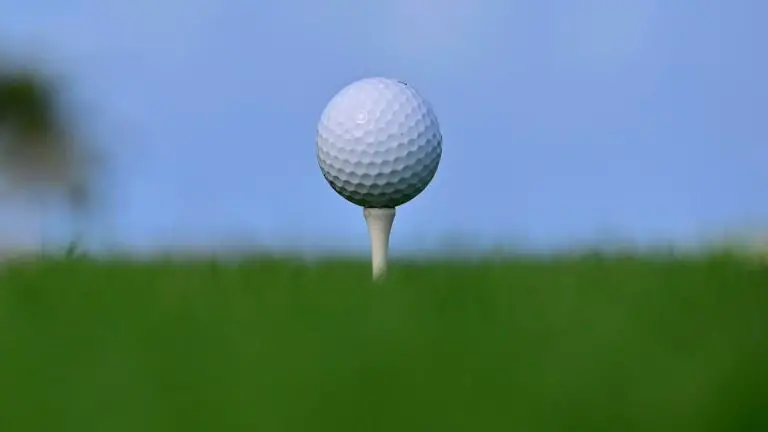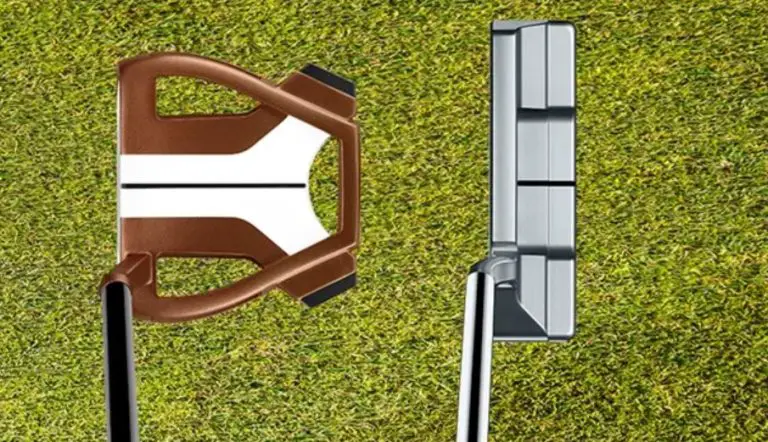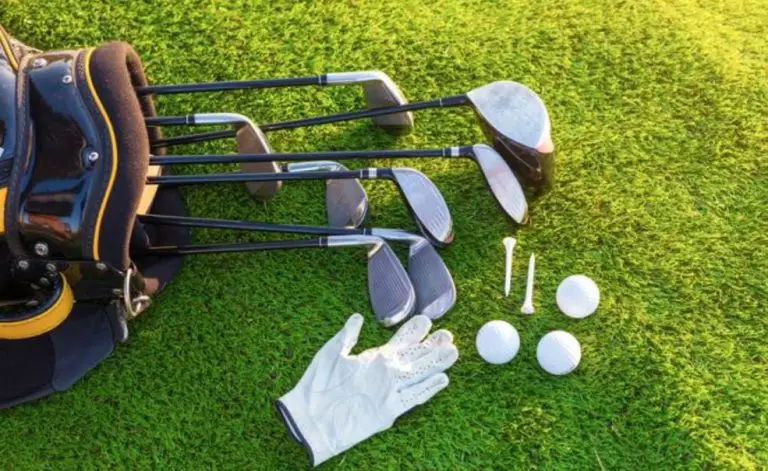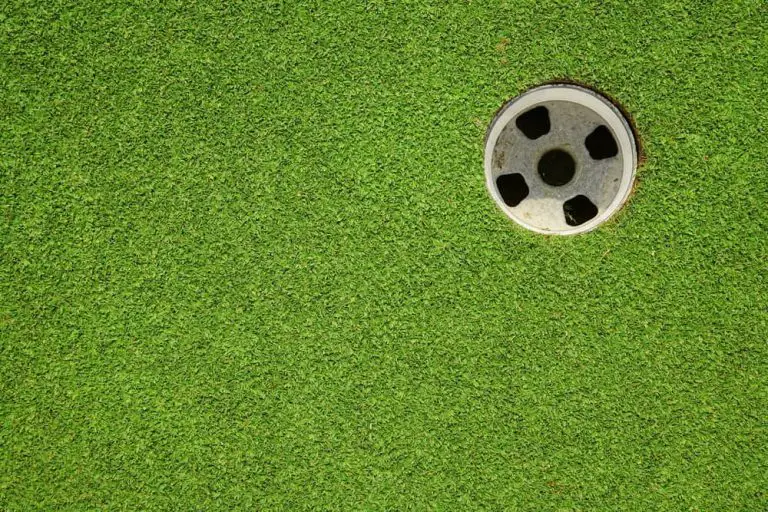How to Get Rust Off Golf Clubs
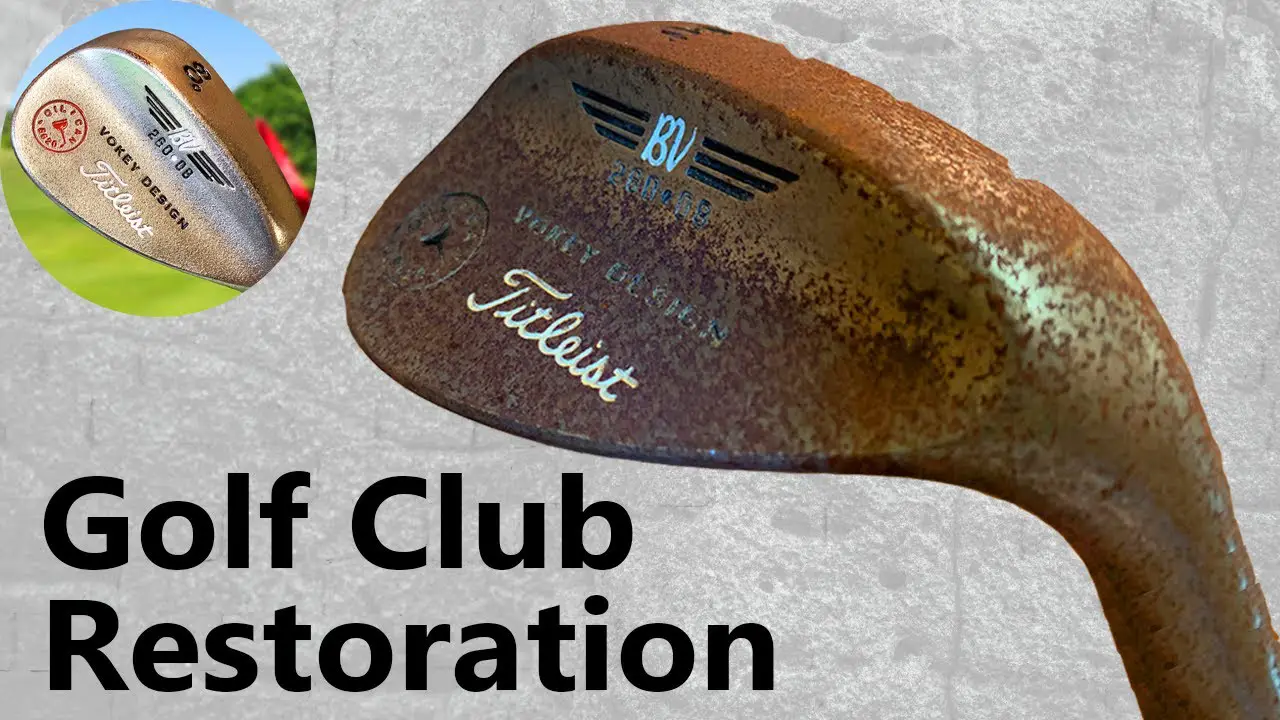
Your golf clubs are not just tools; they are an extension of your game and a reflection of your passion for golf. However, over time, exposure to moisture, neglect, and lack of proper maintenance can lead to the development of rust on your beloved clubs. Rust not only affects the appearance of your clubs but also hampers their performance on the course. If you’re wondering how to restore the shine and functionality of your golf clubs by removing rust, you’ve come to the right place.
In this comprehensive guide, we will take you through step-by-step methods and techniques to effectively get rid of rust from your golf clubs. From understanding the causes of rust to providing practical solutions for removal, we will equip you with the knowledge and tools necessary to restore your clubs to their former glory. Whether you’re a seasoned golfer or just starting out, this guide will help you preserve and maintain your golf clubs for years to come.
So, grab your cleaning supplies, roll up your sleeves, and let’s dive into the world of rust removal. It’s time to revitalize your golf clubs and get them back in pristine condition, ensuring optimal performance and a renewed sense of confidence on the golf course.

Understanding the Causes of Rust on Golf Clubs
To effectively tackle rust on golf clubs, it’s essential to understand the factors that contribute to its formation. Let’s explore the main causes of rust:
- Exposure to Moisture: Golf clubs are often exposed to moisture from various sources such as rain, high humidity, or improper storage conditions. When moisture comes into contact with the metal surfaces of the clubs, it can initiate the oxidation process that leads to rust formation.
- Lack of Protective Coating: Golf clubs typically come with protective coatings, such as chrome or nickel plating, to prevent rust. However, over time and with regular use, these coatings may wear off, leaving the underlying metal susceptible to rust.
- Neglected Cleaning and Maintenance: Failure to clean and maintain your golf clubs regularly can result in the accumulation of dirt, debris, and moisture. This build-up creates an ideal environment for rust to develop, especially if left unaddressed for extended periods.
Now that we know the causes of rust, let’s delve into effective methods to remove rust and restore your golf clubs.
Assessing the Extent of Rust Damage
Before diving into the rust removal process, it’s crucial to assess the extent of rust damage on your golf clubs. Let’s explore how to evaluate the severity of rust:
- Visual Inspection: Carefully examine your clubs, paying attention to areas such as the clubheads, shafts, and grips. Look for any signs of rust, including discoloration, pitting, or rough surfaces. Take note of the affected areas and the severity of the rust damage.
- Functional Impairment: In addition to visual inspection, assess if the rust has impacted the performance of your clubs. Take note of any changes in ball flight, impact feel, or grip stability that could be attributed to the presence of rust.
By assessing the extent of rust damage, you can determine the appropriate course of action to restore your golf clubs effectively.
Removing Surface Rust from Golf Clubs
Surface rust is the initial stage of rust formation and can often be addressed with simple cleaning methods. Let’s explore techniques to remove surface rust from your golf clubs:
- Soaking in Vinegar: Create a mixture of equal parts white vinegar and water in a container large enough to accommodate the affected parts of your golf clubs. Submerge the rusted areas in the vinegar solution and let them soak for about 30 minutes. The acidic properties of vinegar help break down the rust. After soaking, scrub the rusted surfaces gently with a soft-bristle brush or cloth. Rinse the clubs thoroughly with water and dry them completely.
- Using Baking Soda Paste: Another effective method is to create a paste by mixing baking soda with water. Apply the paste to the rusted areas of your clubs, ensuring complete coverage. Allow the paste to sit for approximately 10 minutes to allow the baking soda’s abrasive properties to work on the rust. Then, use a brush or cloth to scrub the rusted surfaces gently. Rinse the clubs with water and dry them thoroughly.
Lemon Juice and Salt Scrub:** Lemon juice and salt can be combined to create a natural rust-removal solution. Squeeze fresh lemon juice onto the rusted areas of your golf clubs and sprinkle a generous amount of salt over the lemon juice. The acid in the lemon juice and the abrasive texture of the salt work together to dissolve and scrub away the rust. Use a brush or cloth to scrub the rusted surfaces, paying extra attention to stubborn areas. Rinse the clubs with water and dry them thoroughly.
These methods are effective for removing surface rust from your golf clubs. However, if the rust has penetrated deeper or if the surface rust is extensive, you may need to consider more advanced techniques.
Dealing with Stubborn Rust and Deep Corrosion
In some cases, rust on golf clubs may be more stubborn or deeply ingrained. For such situations, more intensive methods may be required. Let’s explore techniques to address stubborn rust and deep corrosion:
- Using a Rust Remover Solution: Rust remover solutions are specifically designed to dissolve rust and can be effective for treating stubborn rust on golf clubs. Follow the instructions provided with the rust remover product carefully. Typically, you would soak the affected areas in the solution for a specified period, scrub with a brush or cloth, rinse with water, and dry thoroughly.
- Mechanical Abrasion: If the rust is particularly stubborn, you may need to use mechanical means to remove it. Fine-grade steel wool or abrasive pads can be used to gently scrub the rusted surfaces. Be cautious not to apply excessive force or use coarse abrasives that can damage the club’s finish. After removing the rust, rinse the clubs with water, and dry them completely.
Remember, when using more advanced techniques, it’s important to exercise caution and follow the manufacturer’s instructions or seek professional advice if necessary.
Preventing Future Rust Formation
Prevention is key to keeping your golf clubs rust-free in the long run. Here are some preventative measures you can take to minimize the risk of rust formation:
- Regular Cleaning and Drying: After each round of golf, take the time to clean your clubs thoroughly. Use a brush or cloth to remove any dirt or debris, paying attention to the grooves on the clubfaces. Wipe them dry to eliminate moisture and prevent rust.
- Storage in a Dry Environment: Store your golf clubs in a dry environment, preferably indoors. Avoid leaving them exposed to humid conditions or extreme temperature changes, as these can promote rust formation. Consider investing in a golf club bag with moisture-wicking properties or using silica gel packets to absorb moisture.
- Applying a Protective Coating: Periodically inspect the protective coatings on your golf clubs. If you notice any signs of wear or deterioration, consider applying a fresh layer of protective coating to prevent rust. Consult with a professional or refer to the manufacturer’s recommendations for the appropriate coating product.
By implementing these preventative measures, you can prolong the lifespan of your golf clubs and reduce the likelihood of rust formation.
Conclusion
Rust on golf clubs is a common issue that can impact both their appearance and performance. However, with the right techniques and preventative measures, you can remove rust and restore your clubs to their former glory. Whether it’s surface rust or more stubborn corrosion, the methods discussed in this guide will help you revitalize your golf clubs and enhance your overall golfing experience.
Remember to assess the extent of rust damage, select the appropriate cleaning methods, and take preventive steps to minimize future rust formation. By maintaining clean and rust-free clubs, you’ll be able to enjoy the game with confidence, knowing that your equipment is in top shape.
So, grab your clubs, get rid of that rust, and hit the fairways with clubs that shine and perform at their best.

